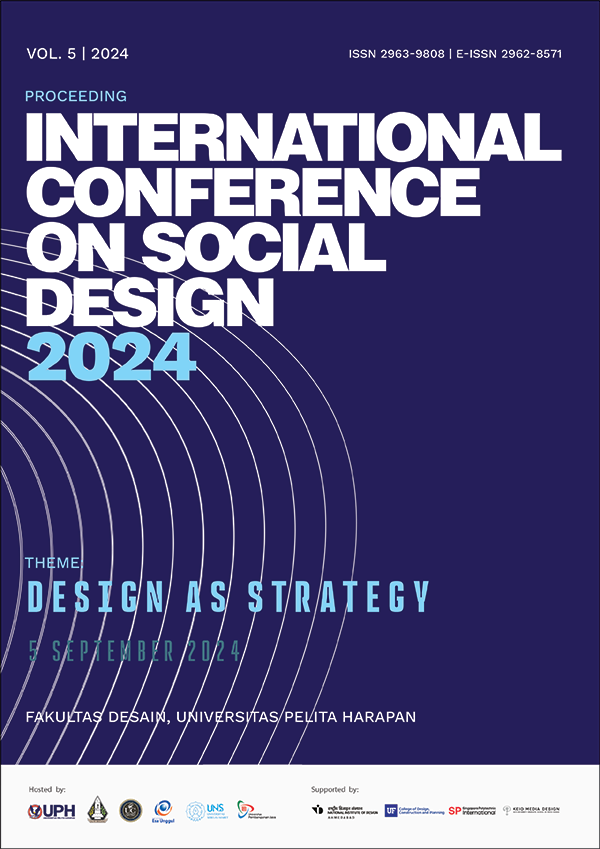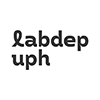Designing A Portable Electricity-free Water Volume Detector For Visually Impaired Users
Samenvatting
The activity of filling liquid into a bottle or container is an activity commonly carried out by persons. Without vision, visually impaired (VI) persons, particularly who are blind will rely on sound or echo feedback that is produced when the water flowing into the drinking container creates a noise. Due to its close-shaped and small opening, people with visual impairments prefer drinking bottles as a drinking container. In most situations, blind people also use glasses and mugs. This research aims to identify and overcome the problems faced by blind users in filling a glass with drinking water, with a focus on developing tools from wood waste. This study involved blind students at a special school in Yogyakarta Special Region, Indonesia, as research subjects. The research methodology followed the Double Diamond Design Thinking stages: Discover, Define, Develop and Deliver. In the Discover stage, observations and interviews were carried out to understand the challenges faced by blind users in doing task. The Define stage identified the main problem in determining the water level which often caused spills. The Develop stage involved a brainstorming and prototyping process to create suitable product. The Deliver stage tested the effectiveness of these tools through direct trials in the field. The research results showed that the use of this tool significantly increased the accuracy, safety and independence of blind users in filling a glass. It is hoped that this research can contribute to the development of more effective assistive technology and improve the quality of life for the blind in Indonesia.





1.png)
